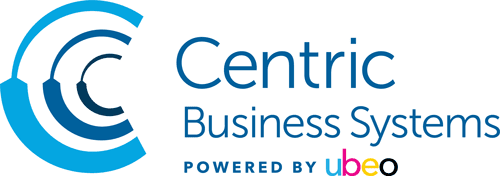It’s Not What Technology Does, It’s What You Do With Technology
During the first industrial revolution, water and steam power mechanized the manual labor processes of goods production and opened an era of faster transportation via railroads and steamships. Electricity powered the second industrial revolution and introduced the production line and mass production factories. It also introduced advances in communications like the telephone, radio and television, and brought time-saving conveniences to the office, such as the Dictaphone, electric typewriter, duplicator, and copier. Electronics and digital technology advances automated many production and office processes, creating the third industrial revolution and laying the foundation for the current fourth industrial revolution, characterized by its speed of evolution and the disruption it causes in virtually every industry. Each of these industrial epochs was initiated by new technologies. However, the revolutions that occurred were created by organizations with the vision to understand what they could do with the technologies to be more competitive, stay relevant in their marketplace, and grow profitably.
The Office and the Fourth Industrial Revolution
In the past 20 years, digital technology has created dramatic changes in the way documents and information are created, distributed, and managed both inside and outside the office. Digital copiers with their multifunction capabilities delivered on the promise of consolidating separate copying, printing, faxing, and scanning devices into one easier-to-manage device. Document management software has evolved from file organization with easy search and find features into software that lets firms capture, store, manage, secure, and archive not just documents, but practically any information, in any format that is needed to successfully operate business workflows. Couple these with the ubiquity of corporate networks and the internet, and virtually any employee can support and any customer interact with the business processes of an organization from wherever they may be in the world.
In the fourth industrial revolution, the fusing of a wide variety of office technologies is accelerating. As in earlier industrial revolutions, firms with the vision to understand what they can do with those technologies and the willingness to transform themselves are revolutionizing the way they meet client expectations, communicate more effectively with customers, drive employee collaboration, innovation, and productivity, and better manage the costs of doing business.
Applying Technology
Here are four important things a firm can do with document and information technologies utilized in offices today:
Improve workflows. Document and information management software that captures, stores, and controls business documents electronically enables the streamlining and automating of paper-based workflows. This reduces costly errors and speeds up business processes like accounts receivable, accounts payable, or project approval processes. Integrating the software with the use of a digital multifunctional device (MFD) can capture and digitize remaining paper documents.
Become more efficient and reduce costs. Using technology to monitor and manage document printing activities provides the ability to track real printing costs and take advantage of areas of potential savings. Additionally, technology built into information management and workflow software can provide analytics that can guide continuous improvement for business processes.
Protect company information and comply with privacy and data protection regulations. Using software to encrypt and protect important records, monitor user access to those records, and provide robust audit trails and history logs for compliance reasons increases document and information security. Technology that extends user access management and monitoring across MFDs also enhances your company’s security strategy.
Support the new hybrid distributed workforce. Implementing technologies that enable employees who are working from home to conduct necessary workflows as well as efficiently collaborate with office-based employees will become even more important as more employees are allowed to work remotely on any given workday. Information management and workflow software prevent workflows from coming to a stop, and technology like interactive whiteboards provide an optimal experience in collaboration between on-site and remote team members.
These are just a few of the things a firm can do with technology to meet the challenges of the fourth industrial revolution.
Centric Understands
At Centric Business Systems we understand that an essential skill of an organization in the 21st century is knowing when and how to use technology to better accomplish business. We’re committed to giving our clients not only the right technology solution for their business needs but also giving them the know-how of what they can do with that technology to continuously optimize that solution as their business changes and grows. Visit us at www.centricbiz.com or contact us at (877) 902-3301 to learn about how we can help you do more with technology.
